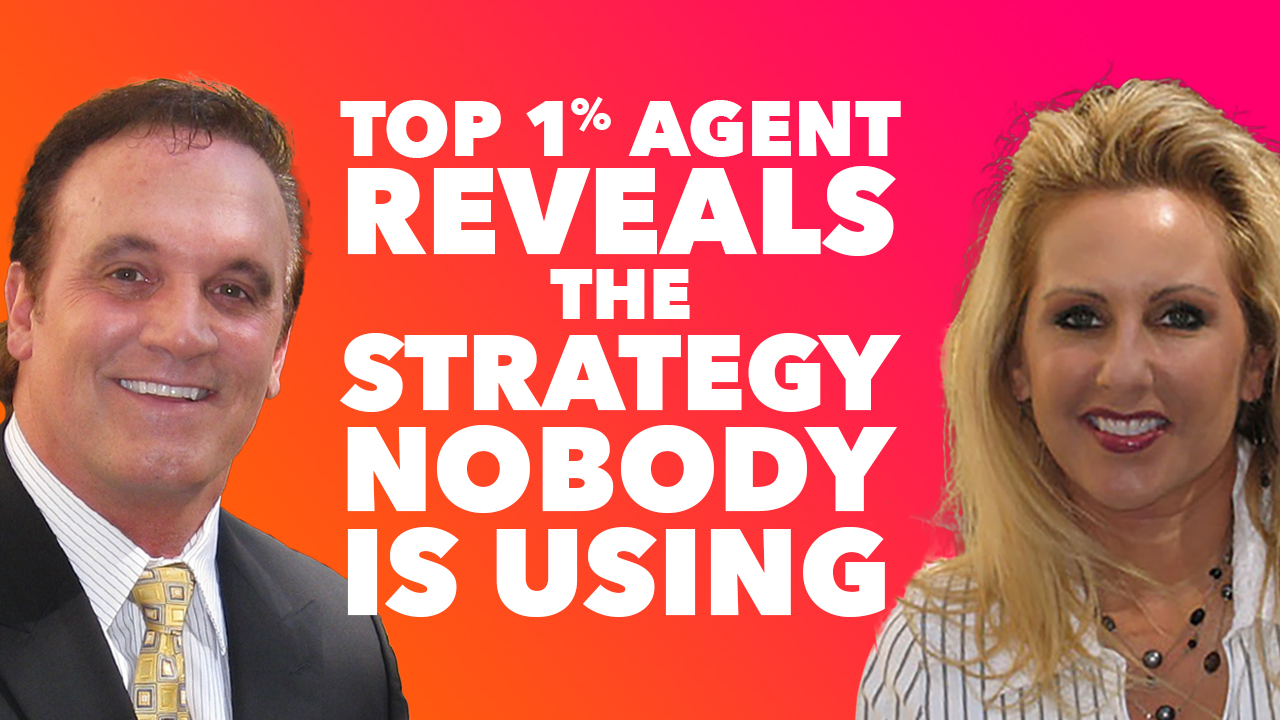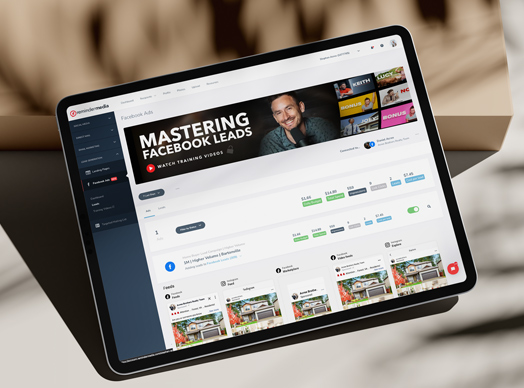Ep. 212: How to Identify Your Ideal Client
3 Ways of Finding Your Ideal Client
The ability to find a customer, sell your product or service to that customer, and satisfy the customer so that he buys from you again should be the central focus of all entrepreneurial activity. The greater clarity you have with regard to your ideal customer, the more focused and effective your marketing efforts will be. [emphasis added] ~ Brian Tracy[i]
Finding your ideal client is a serious strategic exercise. The results should influence every marketing decision you make. And as Brian Tracy states, the more precise you can be when defining your ideal client, the more informed and better your decisions, and the more success you’ll experience with your marketing.
Defining your ideal client will suggest, among other considerations:
- Marketing strategies likely to work.
- Techniques you should apply.
- Where you can find your clients (social media, print, television, etc.)
- The appropriate language to use.
- Values you can appeal to.
- Objections they may have.
- The challenges they face.
In this episode of Stay Paid, Luke and Josh suggest three ways of defining your ideal client.
Know your solution and the problem it solves
You need to do a deep dive into your solution to find out everything you possibly can about it.
If your solution is a product, then you want to know the who, what, where, when, why, and how of that product. Knowing this information will help you build credibility. You’ll be able to answer or anticipate every question a customer may have.
More to this point, knowing your product inside and out should also point you toward the type of customer who would have the problem and why your product is the best solution.
Along the same lines, you want to be able to distinguish your service from everyone else providing that same service. In fact, knowing exactly how your provision of a service differs from others may be the only way to separate yourself from the crowd. And the knowledge will point you toward your niche and the people within it that you want to work with.
For example, if you offer detailed counselling, referral, and financial services to people who have recently come into wealth, then you immediately know with whom you want to work. Now your task is a matter of discovering the challenges faced by this group and providing a solution is a way that makes you a preferred and trusted partner.
Analyze past transactions and interactions
Another tip to finding your ideal client is to analyze your experiences with past clients. You can take an objective perspective (who were your most profitable clients?) or a subjective perspective (who did you most enjoy working with?). And there’s no rule preventing you from combining perspective (who were the clients with whom you made the most money and liked the best?).
Once you’ve identified these clients, set an appointment to talk with them. You want to find out what’s common across this group of people that made them your ideal clients. This should be an in-depth conversation, and you may consider inviting them to coffee or lunch as an incentive.
The best questions will help you not only better understand your notion of your ideal client, but also help you find more of them.
In episode 202, Dan Allison explains in detail the kind of clients you want to select as your ideal and from whom you’ll get the best referrals:
- They see so much value in their own experience with you and your business that they would confidently take the risk to refer someone very important;
- They understand the comprehensive nature of everything your business does and can convey its value proposition in a way that makes an impact;
- They have a clear idea of the type of person who would be an ideal client for your business;
- They understand that a personal introduction is needed to make the referral occur;
- They are comfortable in providing referrals.
Check out the link for suggestions about interviewing these types of clients so that you both get the information you are seeking and create an opportunity to educate them about the points above.
Create a customer avatar
An avatar is a representation of a concept, idea, or person. In this case, you want to create a customer avatar that represents your ideal client.
It may sound silly, but give your avatar a name. You want to make your ideal client as real as possible in order to help you think about them as if they were an actual person.
Let’s imagine Ryan is your ideal customer. Aside from the usual demographic information you want to know about Ryan (age, gender, occupation, family status, etc.), you’ll also want to understand other “lifestyle” characteristics like opinions, interests, and activities.
You can hire companies to provide this type of data, but some reflection on your part combined with a bit of research will give you a useful start. However, be aware of your own biases and stereotypes when creating your avatar.
Ian Brodie suggests the following process for defining your ideal client and creating your customer avatar:
[O]n the right of the sheet, write down as many facts and figures as you can think of about who they are. Their name, marital status, education, experience, what they do, who they listen to, who they admire.
Then on the left of the paper[,] brainstorm the external pressures they’re facing. The need to grow their business. A changing customer base and demands. New regulations. Shareholder goals. Their boss’s unreasonable demands.
At the top of the paper[,] brainstorm their internal challenges and issues. Their goals and aspirations. Problems and frustrations. What they want to do with their life. The day-to-day issues they face.
Then at the bottom of the paper[,] take all those details of who they are, their pressures and goals, challenges[,] and opportunities and think through[,] “[G]iven all that – what would they have to know and feel to be ready to hire me?”
What key problems do you solve for them? What goals do you enable them to achieve?
What risks do they worry about. What are they frightened might go wrong if they hired you?
Flesh all this out on your paper . . .
This is the person you should be attracting on to your email list and writing to in your emails.[ii]
To help organize your thinking and to capture ideas on paper, you can download the resource below. It will help you to flesh out your customer avatar as you think about various demographic and lifestyle data that will help you find your ideal client.
[i] Brian Tracy, Determining Your Ideal Customer, Entrepreneur, January 17, 2005, https://www.entrepreneur.com/article/75648.
[ii] Ian Brodie, email message to Gabrielle King, September 29, 2020.
Key Points
- To find your ideal client, you first need to know your product/service and the pain point it solves.
- Interview your top clients, find out what’s common across them, and use what you discover to help define your ideal client.
- Make your avatar as true-to-life as possible and attribute as many details as you can to it.
Action Item
Complete the avatar worksheet.
Connect | Resources
Worksheet: www.remindermedia.com/avatar

















 Soundcloud
Soundcloud iHeart Radio
iHeart Radio Spotify
Spotify Spotify
Spotify


